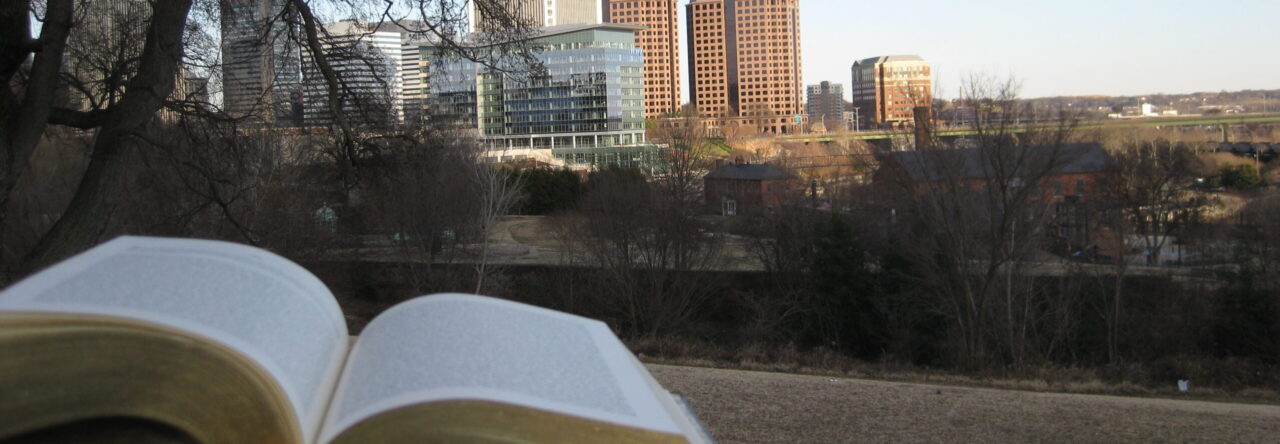The reading for today offered interesting insights into how Richmond and by extension the South as a whole instituted racism into a more systemic form than before. Their use of segregation to exercise control was effective to a concerning degree. Even more concerning, was the extent that most Virginians were willing to go. The Confederacy burned Richmond akin to a scorched earth method of warfare in order to not let Richmond fall into the hands of the Union, a move that ultimately did not succeed in the long term.
The author writing about how the people reacted with rejoicing at the first victory but were awoken to the cruel reality of war was an effective method to stir the hearts of readers in also recognizing the depth of the experience even further. It struck me deeper than other components of the chapter because while much older, it calls back memories of societies where we have seen the wagons of bodies and soldiers returning home while wounded.
The story of the fourteen-year-old boy who saved the flag and proceeded to hoist it up the flagpole 17 years later as the Union arrived in the city of Richmond is a story of admiration and persistence. A symbol of how resistance endured even within the hearts of those whose views did not line up with the Confederacy. As the city slowly rebuilt however it was clear that racism at the very least, if not slavery, was here to remain.
The south’s continued attempts to find loopholes appeared repeatedly throughout the two chapters. Trying to loophole or put off the integration of schools, their philosophy of “end of slavery doesn’t mean equal rights or suffrage…” among other attempts to district them off of race by neighborhoods, trying to uproot those neighborhoods, etc. demonstrates just how deeply their values were seated within their hearts. It also goes to show the flaws of the system which allowed them to get this far without proper reinforcement. Although they were still criticized by the North, and even the Supreme Court reissued that integration should move along “quickly at all costs” — they still held on to their outdated views.
- As disappointing as this is, it is still reflective of similar concepts held today whereby political groups or even corporations exploit loopholes in the system, coupled with an influence in government in order to push through their views.
Another component I noticed is that there was fairly limited progress until after World War 2. There’s almost a jump between the late 1880s near the end of the chapter whereby it describes the ways that Segregation and systematic racism were ingrained via the One-Party-System, etc.
- At the same time, it was a period of development for the city itself, and even under this systemic pressure and oppression, Richmond’s African American population had managed to find more success before the start of the Urban Renewal.
